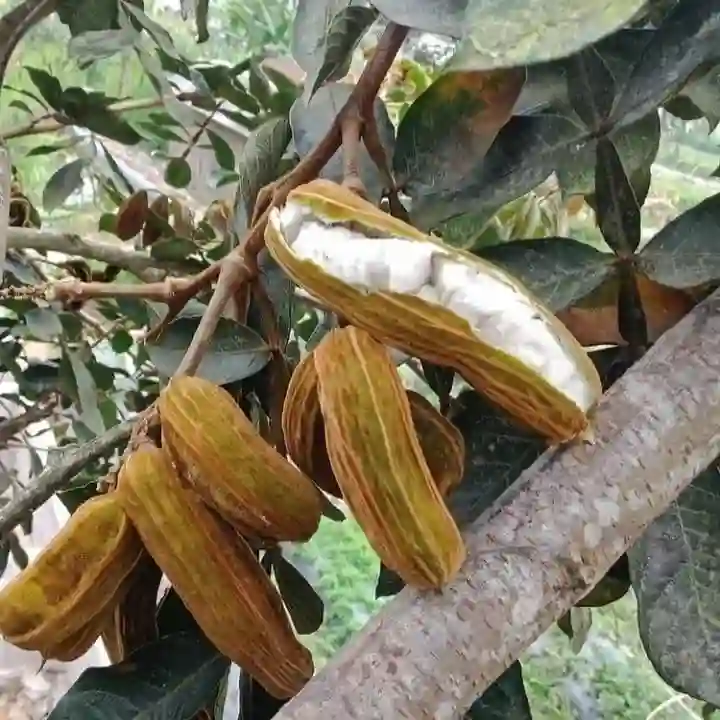
The Bold Beauty of Ligularia Dentata: A Gardener’s Guide
There’s a certain magic to plants that offer a double dose of visual interest. Ligularia dentata, also known as the leopard plant, is one such wonder. Its bold, textured foliage takes center stage throughout the season, while vibrant daisy-like blooms erupt in mid to late summer, adding a burst of sunshine to the shade.
Over the years, I’ve been captivated by this architectural gem in my own garden. From planting to care, here’s everything I’ve learned about Ligularia dentata and why it might be the perfect addition to your own shady haven.
150 Species in Genus Ligularia
How to plant Ligularia Dentata?
Ligularia dentata hails from the mountainous regions of China and Japan. It’s no surprise then that this perennial thrives in cool, moist conditions. In fact, it revels in partial to full shade, making it a perfect choice for brightening up those often-forgotten corners of your garden.
When selecting a spot for your Ligularia dentata, ensure the soil is well-draining but consistently moist. Amending the planting site with organic matter like compost can help retain moisture and provide essential nutrients for healthy growth.
How to care for Ligularia Dentata?
Ligularia dentata is a relatively low-maintenance plant, but a few key practices will ensure it thrives. Here’s what I’ve found works best:
- Watering: Consistency is key. Aim to keep the soil evenly moist, especially during hot spells. A good rule of thumb is to water deeply when the top inch of soil feels dry to the touch.
- Mulching: Apply a layer of mulch around the base of the plant in early spring. This helps retain moisture, suppress weeds, and regulate soil temperature.
- Feeding: While not strictly necessary, a light feeding with a balanced fertilizer in early spring can encourage lush foliage growth.
- Deadheading: As the flowers fade, deadhead them to promote continued blooming and prevent unwanted self-seeding.
How To Plant Seeds of Ligularia Dentata?
If you’re looking for a Ligularia dentata with a touch of flair, then the ‘Britt-Marie Crawford’ cultivar might be the perfect choice. This stunning variety boasts even larger, glossier foliage with a pronounced burgundy underside.
While Ligularia dentata can be propagated through division, some gardeners prefer the satisfaction of starting from seed. Here’s a quick guide to planting seeds of Ligularia Dentata ‘Britt-Marie Crawford’:
- Sow seeds indoors: Sow seeds in a well-draining seed starting mix around 6-8 weeks before the last frost date in your area. Aim for a temperature range of 65-70°F (18-21°C).
- Light and moisture: Keep the soil consistently moist and provide adequate light, using grow lights if necessary.
- Transplanting: Once seedlings have developed several sets of true leaves, harden them off gradually before transplanting them outdoors to their permanent location.
What to Plant with Ligularia Dentata?
Ligularia dentata’s bold form and vibrant blooms make it a versatile companion in the shade garden. Here are a few ideas for creating harmonious pairings:
- Hostas: The contrasting textures of Ligularia dentata’s large foliage and the delicate leaves of hostas create a visually stunning combination.
- Ferns: Ferns add a touch of elegance and bring a lush, layered effect to the shade garden.
- Heuchera: The colorful foliage of Heuchera complements the bold green of Ligularia dentata, adding pops of color throughout the season.
Do Deer Eat Ligularia Dentata?
While deer can be notorious garden nibblers, the good news is that Ligularia dentata is generally deer resistant. The foliage contains bitter-tasting compounds that deter these herbivores.
A Final Touch: The Enduring Appeal of Ligularia Dentata
Ligularia dentata offers a unique combination of bold foliage and cheerful blooms, making it a standout in the shade garden. Its low-maintenance nature and deer resistance are additional bonuses. With a little care, this architectural gem will bring life and texture to your shady haven for years to come.




